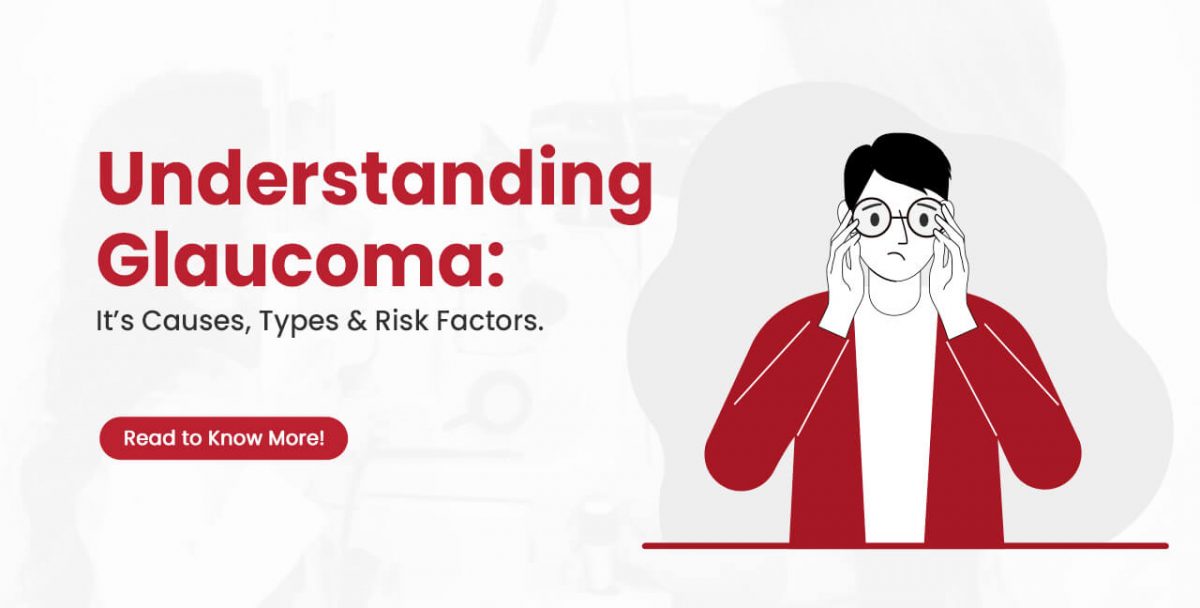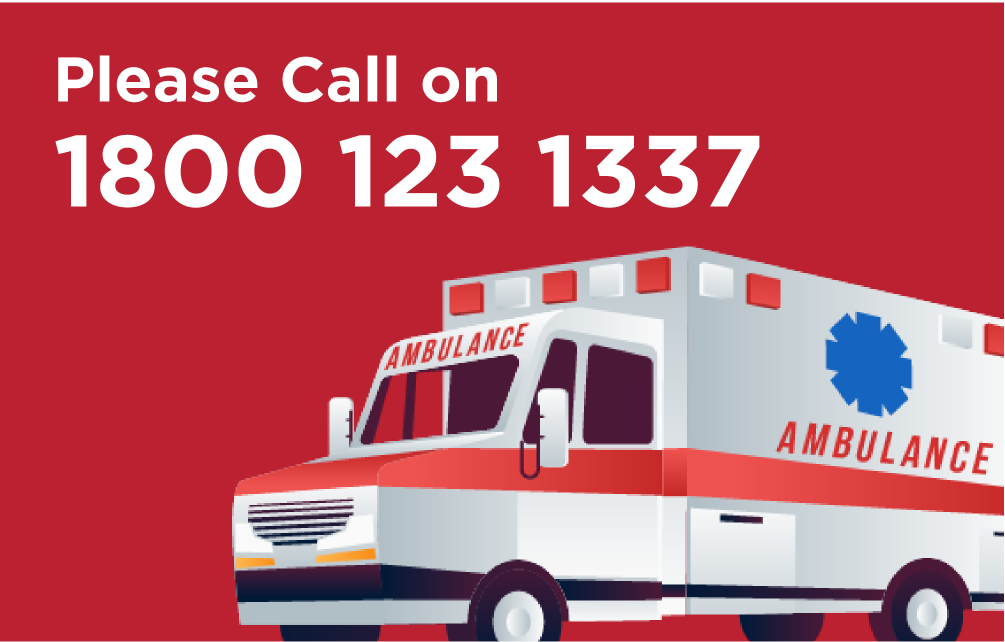Understanding Glaucoma: Causes, Symptoms, Types, and Risk Factors

Glaucoma refers to a set of eye diseases that cause optic nerve damage. The optic nerve transmits visual information from the eye to the brain, which is essential for normal eyesight. High eye pressure is usually associated with optic nerve damage. However, glaucoma can develop even with normal eye pressure. Glaucoma can occur at any age, but it is more frequent in elderly persons. It is one of the leading causes of blindness in persons over the age of 60.
Many types of glaucoma exhibit no warning signals. The effect is so gradual that you may not notice a difference in your vision until the condition reaches an advanced stage.
Types of glaucoma
- Open-angle glaucoma
Open-angle glaucoma occurs due to blockage in your eyes’ drainage ducts. In this type of glaucoma, your drainage canals appear to be open and functioning properly but in reality, they are not. This is the result of fluid accumulation and pressure on your optic nerve. Most people do not have specific symptoms, thus the condition may go undetected for years.
- Closed-angle glaucoma
It occurs when the angle between your iris and cornea becomes too narrow. It may occur when your pupil grows too large (dilated) too rapidly. This obstructs the drainage channels and prevents aqueous fluid from leaving your eye, causing ocular pressure to rise. Eye pain and headaches are the more severe symptoms requiring prompt medical attention.
- Normal-tension glaucoma
Even when eye pressure is normal or not particularly high, up to one-third of persons suffer from optic nerve damage. Experts are unsure what causes normal-tension glaucoma. This kind of glaucoma is also known as normal pressure or low tension. This type is more popular among Asian Americans.
- Congenital Glaucoma
Some kids are born with drainage tubes that do not develop properly in the womb. Your doctor may notice your baby’s glaucoma symptoms at birth, or indicators may appear later in development. This kind of glaucoma is also known as childhood, infantile, or pediatric.
Glaucoma Symptoms
One of the best ways to combat glaucoma is to understand what the early signs of glaucoma are. The problem is that some types of glaucoma have no early warning signals, and vision impairments might occur gradually, making symptoms difficult to detect. Because many patients with open-angle glaucoma have no apparent glaucoma symptoms, frequent eye exams are critical for detecting the condition early on. Glaucoma damage is irreversible, thus early detection and treatment are critical to preventing blindness.
Here are the symptoms of Glaucoma given below:
- Eye discomfort or pressure
- Headaches
- Rainbow-colored haloes surrounding lights
- Low vision, fuzzy vision, reduced vision (tunnel vision), or blind spots
- Nausea and vomiting
- Red eyes
Causes of Glaucoma
Glaucoma can develop without a known cause, but numerous variables can influence it. The most important of these parameters is intraocular eye pressure. Your eyes make a fluid called aqueous humour, which nourishes them. This liquid moves from your pupil to the front of your eye. In a healthy eye, fluid exits through drainage channels between the iris and cornea.
Glaucoma causes an increase in resistance in the drainage channels. The fluid has nowhere to go, so it accumulates in your eye. This excess fluid causes pressure on your eye. Elevated eye pressure can eventually damage your optic nerve and cause glaucoma.
Risk Factors of Glaucoma
Glaucoma can harm anyone, but the risk rises with age. Black and Hispanic people are far more prone than other ethnic groups to develop glaucoma, and they do so earlier in life. Asian and Inuit groups are also more likely to develop angle-closure glaucoma, commonly known as closed-angle glaucoma.
People having Diabetes are twice as likely to develop glaucoma. Additional risk factors include:
- Family history of glaucoma
- Farsightedness or hyperopia (in cases of closed-angle glaucoma).
- High blood pressure (hypertension) and extremely low blood pressure (hypotension).
- Long-term corticosteroid usage.
- Nearsightedness, also known as myopia (in open-angle glaucoma).
- Previous eye injuries or surgeries.
While there is no cure for glaucoma, medications can help control eye pressure and prevent vision loss. Eye examinations can detect the condition early and save your vision. If you are at high risk for glaucoma, consult your eye doctor about how often you should be screened. If you have glaucoma, you must use your recommended eye drops daily. You can also consult your doctor about laser treatments and surgery choices. With proper treatment, you can prevent glaucoma from progressing and resulting in irreversible vision loss or blindness.

 Call-an-Ambulance
Call-an-Ambulance



